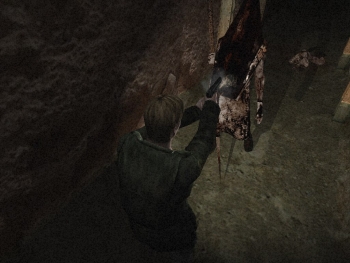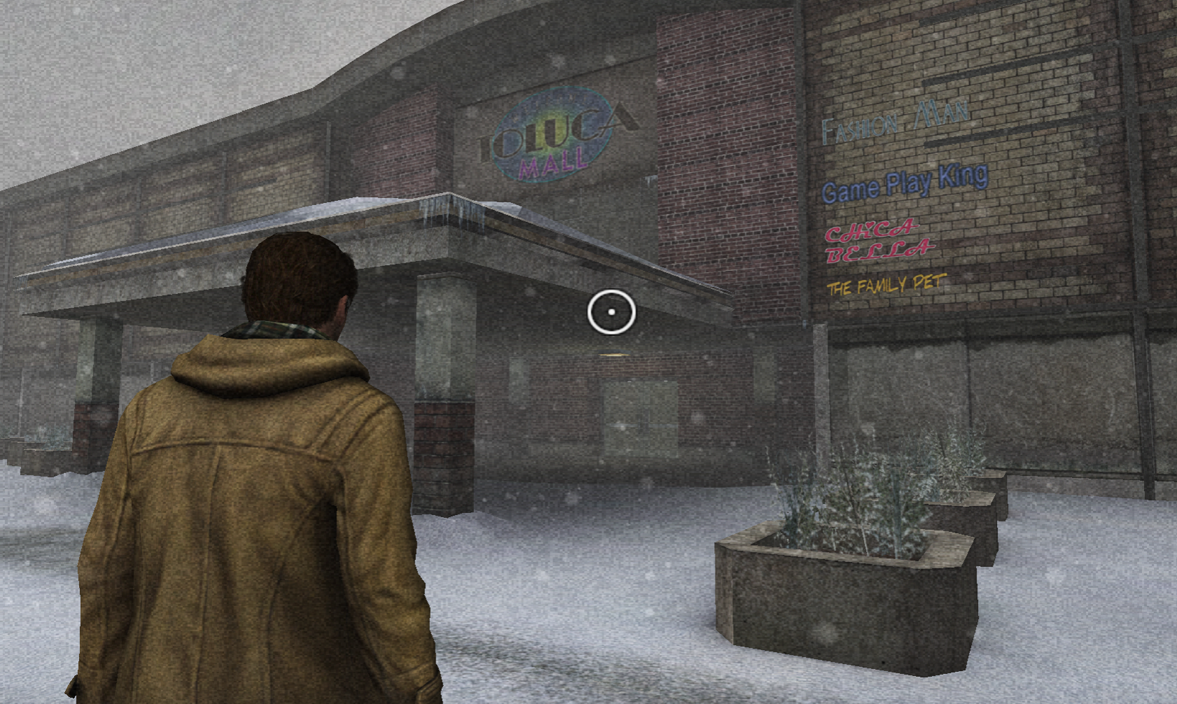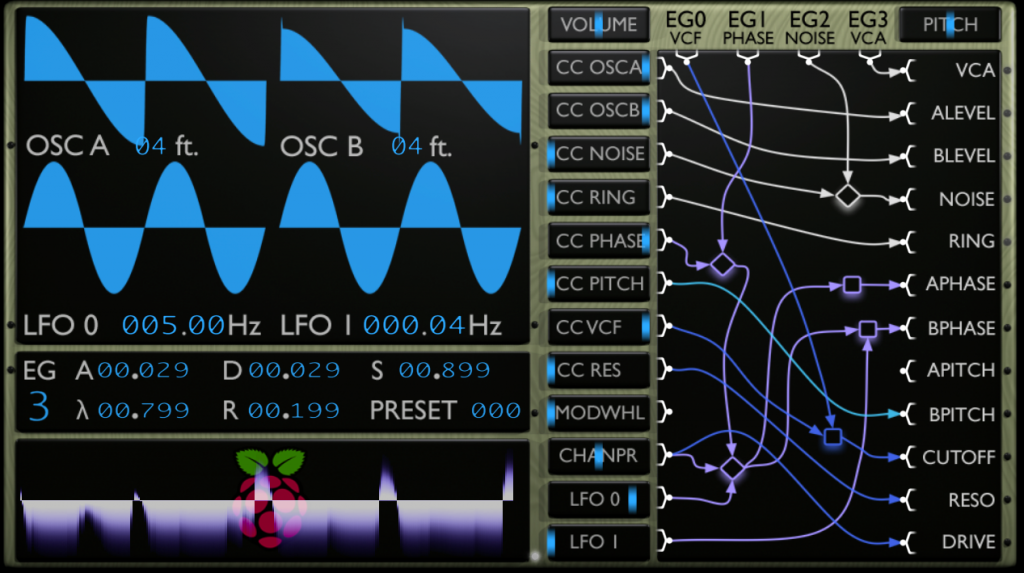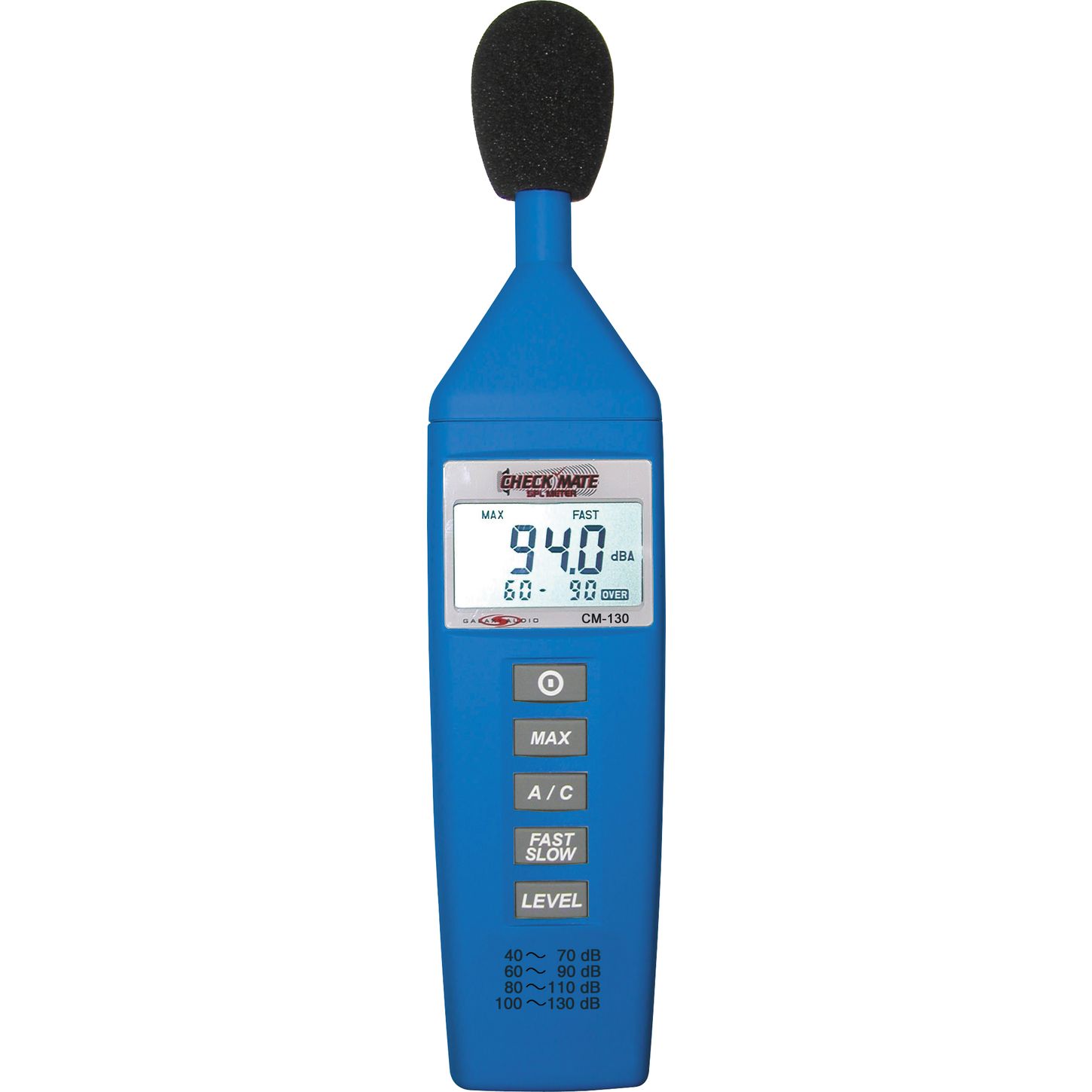 1. Streets of Rage 2
1. Streets of Rage 2Favorite Moments: Using the lead pipe to smash enemies on the first level. Walking through the amusement park which had an amazing roto-scoping type foreground. I played the music in the menus over and over, including recording it to my cassette tape. This is the only game I've beaten twice in a row, back to back in the same day. This was the first stereo playback I've heard in a video game. The game sprites were so colorful and large for a home system, and the characters were instantly responsive on the genesis pad.

2. Sonic 2
Favorite Moments: Rolling through Chemical Zone to see how fast my genesis processor was. Seeing "3d" rendered trees in Hill Top zone.
 3. Sonic 1
3. Sonic 1Favorite moments: Beating the game in front of a bunch of kids with all the emeralds collected. Taking my Sega Genesis to church at night and playing it in the kids room, just so I didn't get bored. The realization that I could control the light on the TV screen warped my mind forever.
 4. Road Rash 2
4. Road Rash 2Favorite Moment: Jumping off the Hawaii track's biggest incline. The sound your guy makes when you run into a cow. Oh--eee--yaaaa. Playing it on a halloween night on a Friday while eating Snickers and drinking coke. I played the first level repeatedly in order to get the best motorcycle early in the game.
 5. SSX 3
5. SSX 3Favorite Moments: Being able to snowboard for 30 minutes downhill. Listening to the music and actually liking the load menus. Jumping so high I felt free from anything, just like real life snowboarding. "High Flyin' Supermodel!"
6. Resident Evil 4/5Favorite moment: Defeating 2 chainsaw guys on the oil level. Having a teammate play my favorite game w/ me online. Beating the game multiple times and exploring all the content that was beautifully crafted. In RE4 I think I was being attacked by invisible enemies, but I had no idea what was going on, I just got out of there. These might be the best games of all time, but I don't attach as much sentimental value, beyond beating them both in a weekend and falling over.
 7. Timesplitters 2/3
7. Timesplitters 2/3Favorite Moments: Creating levels and sharing them with people online. Making a Terminator 2 cyberdyne story level. I can never delete this off my memory card because there is no backup. The Cyberpunk levels were the best. Endless good times on this one. Another game I beat multiple times. Usually I never replay a game.
8. Goldeneye 64
Favorite moments: Using the moonraker laser gun on my siblings and cracking up.
9. Soul Calibur 2Favorite moments: Playing this with my family. We were actually standing up it was so exciting. Playing the random dungeons.
 10. Devil May Cry 3: Special Edition
10. Devil May Cry 3: Special EditionFavorite Moments: Jumping on top of the worm boss and holding on as long as I could. This game may not have much sentimental value for me, BUT it really is one of the best games ever made. If you like God of War and realize it needed guns, hey they already made this series years earlier. Its basically as good as Castlevania.
 11. Wip3out
11. Wip3outFavorite Moments: I really did want to be Dade Murphy in hackers. When I found out it was a real game, and not just a dream, I was amazed. Getting gold on every board, including the ultra fast tracks. I had every control timed and memorized. At school I felt like my reaction time for everything I did had increased. I played this on a PSone small console that fit in my backpack front pocket. It made me feel really happy to have this.
 12. Metal Gear solid 1
12. Metal Gear solid 1Favorite moments: Meeting Meryl. Psychomantis loading my memory card and commenting on how I played some soccer game I rented. Avoiding Sniper Wolf. Talking about this game with a new friend I had made. At the time I really loved it and I needed them.
 13. Silent Hill 2
13. Silent Hill 2Favorite moments: Being so scared I could hardly play the Hospital level. Realizing how bad Pyramid head was in his first scene. Yes that's his name if you actually played this game. This game is the reason we had ten years of gross looking, drab colored games.
 14. 1080 Snowboarding
14. 1080 SnowboardingFavorite moments: Remembering my high scores for the half pipe and emailing my brother the score.
 15. Ocarina of Time
15. Ocarina of TimeFavorite moments: Playing my first adventure / rpg fantasy style game and collecting items. Sneaking by the weird zombie guys in the courtyard.
 16. Silent Hill Shattered Memories
16. Silent Hill Shattered MemoriesFavorite moments: Using the wii-mote as a cell phone camera so I don't have to remember things, just like real life. The level of immersion really went to back of my brain. My game created an amazing story for me the first time. This game knows what game is the most basic level, it knows what real life is, and it knows how my brain is affected by raw experience.
 17. Burnout 3
17. Burnout 3Favorite moments: Driving the F1 car while I was home, sick with a fever. Hallucinating about Liv Tyler.
 18. Mega Bomberman:
18. Mega Bomberman:Favorite moment: The undersea levels, and coming back later beating it as an adult. You have to do some serious psych-out and memorization to beat the final boss.
 19. Earthworm Jim 2
19. Earthworm Jim 2(no screen shot needed!)
20. Super Mario 3Favorite moments: Everyone has the same story with this game. Sitting on the carpet indian style and playing it on a dial TV in the basement. I did that at everyone's house.
Special mentions...Turok, Mickey Castle of illusion (the first game I ever rented from Blockbuster), MK1, Battlefront 1/2, Goldenaxe...and more I couldn't list. I'm going to link my favorite music tracks for these games in a new article.
There were also lots of times in the summer where I was with my friends, and we rented N64 carts and loaded up on Pepsi (I don't even drink caffiene anymore). Endless MK1 tournaments at birthdays and the like. They were not the best games of all time, but good times none the least.




























 Based on sound demos, I've compiled a list of the best sounding synthesizers available. This is based on sound quality and availability. There are some really good analogue synths that should not be ignored. Arturia has some nice sounds. The Aturia Minibrute is an interesting synth with great sounds. The Arturia Origin is a very high quality synth. I like Analogue Solutions gear. As you can see most of the digital synths really don't "pop" out of the speaker with a unique voice or have that same emotion. An exception is with Arturia. But Many sound terrible. As you can see I don't like the Virus TI sound. Why they haven't figured out how to do a nice digital sound, I'll never know.
Based on sound demos, I've compiled a list of the best sounding synthesizers available. This is based on sound quality and availability. There are some really good analogue synths that should not be ignored. Arturia has some nice sounds. The Aturia Minibrute is an interesting synth with great sounds. The Arturia Origin is a very high quality synth. I like Analogue Solutions gear. As you can see most of the digital synths really don't "pop" out of the speaker with a unique voice or have that same emotion. An exception is with Arturia. But Many sound terrible. As you can see I don't like the Virus TI sound. Why they haven't figured out how to do a nice digital sound, I'll never know.
























